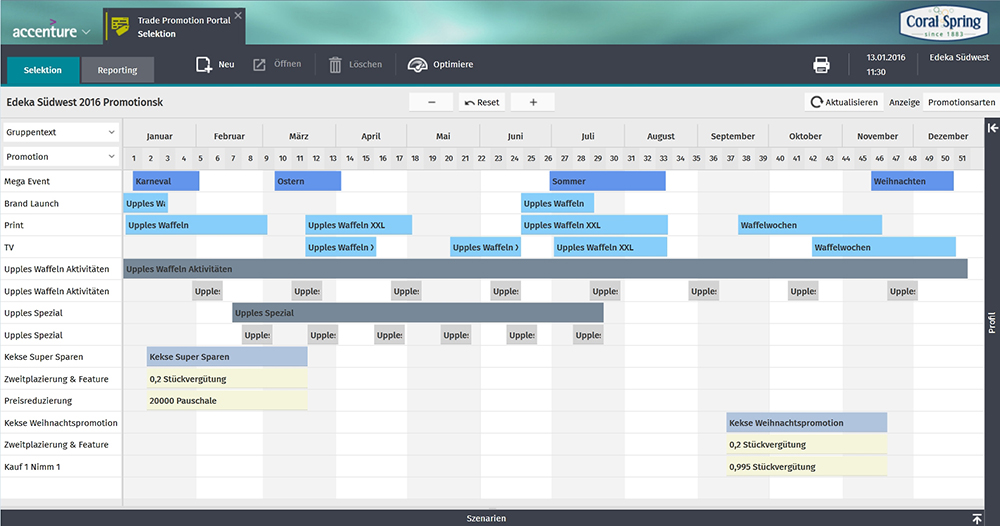Modeling with the Help of Smart Data
»Buy two, get one free«, »30% more content«, »Valentine’s Day Special Edition« are familiar images at the supermarkets. Taken together, price discounts, special packaging, displays, giveaways, and other actions to promote a product comprise an area called consumer-focused trade promotion.
The manufacturer must decide what products to pair with which of these sales driving measures so the use of the budget will result in the biggest profit. Product managers have the job of not merely selecting an appropriate tactic for an individual product; rather, they have to build a portfolio of measures for various products.

